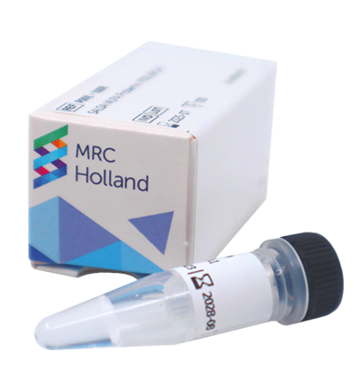Fabry disease (OMIM: 301500) (Anderson-Fabry disease, Alpha-galactosidase A deficiency, hereafter denoted as FD), an X-linked multisystemic lysosomal storage disorder caused by mutations in the GLA gene. The GLA gene encodes for the lysosomal enzyme α-galactosidase A (AGAL), which is crucial for the lysosomal degradation of glycosphingolipid globotriaosylceramide (Gb3) (Izhar et al. 2023, Li et al. 2022, Weissman et al. 2024). AGAL deficiency as a result of GLA mutations in patients with FD leads to aberrant glycosphingolipid metabolism and subsequently the accumulation of Gb3 within lysosomes (Li et al. 2022).
Genetic alterations are inherited from an affected parent with a germline mutation in most cases. De novo mutations have been documented, but are rare. Pathogenic mutations found in patients with FD are mostly point mutations, with large deletions and duplications amounting to 1-5% of defects in the GLA gene (Amodio et al. 2022, Bernstein et al. 1989, Higuchi et al. 2016, Viggiano and Politano 2021).
Clinical features of FD (predominantly determined for males) are acroparesthesia, cardiovascular disease, peripheral neuropathy, gastrointestinal disorders, and chronic kidney disease (Izhar et al. 2023, Li et al. 2022, Weissman et al. 2024). Virtually all complications of Fabry disease are non-specific in nature and clinically indistinguishable from similar abnormalities that occur in the context of more common disorders in the general population. The clinical phenotype in heterozygous females ranges from asymptomatic to as severe as affected males (Izhar et al. 2023). This is thought to be the result of the random nature of X-inactivation patterns (also known as lyonization) (Izhar et al. 2023). Additionally, depending on how the mutation affects AGAL enzymatic activity, mutations can either lead to the classical form of FD when <1% of the enzymatic activity is retained, or the non-classical form of FD (also known as the late-onset phenotype) when 1-30% of the enzymatic activity is retained (Ferreira Tátá et al. 2021, Viggiano and Politano 2021).





